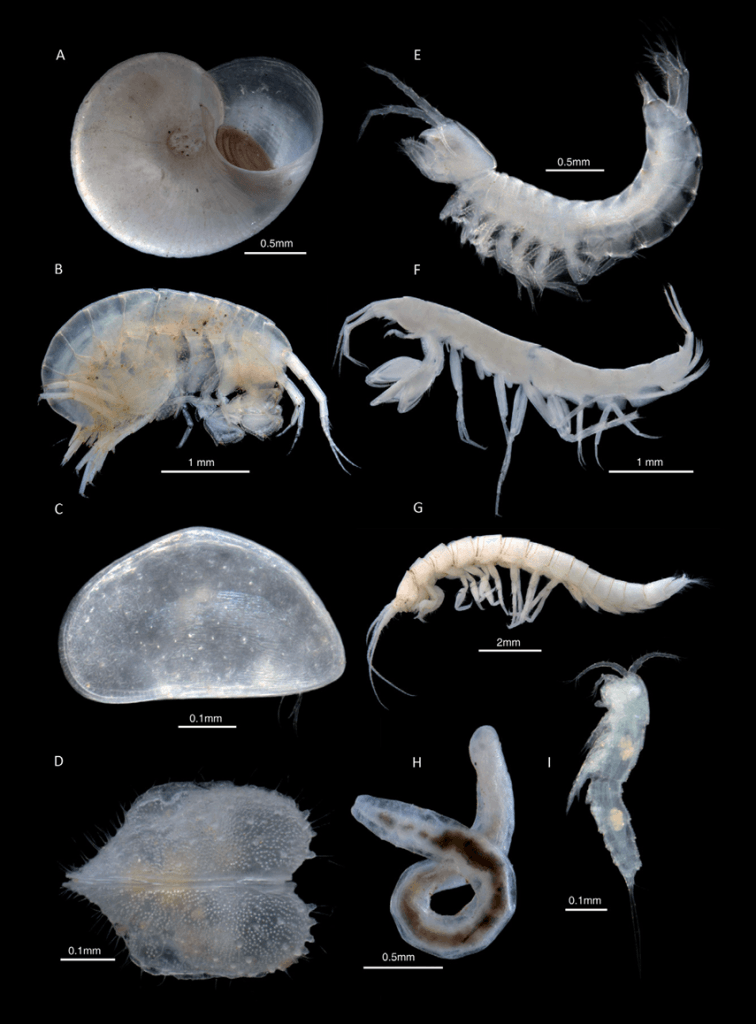The Western Australian Biodiversity Science Institute (WABSI) is bringing together industry, research and government to tackle a shared challenge: protecting tiny, groundwater-dwelling creatures known as stygofauna. These little-known organisms play a vital role in the health of groundwater ecosystems and their presence coincides with areas of significant development like the Pilbara and Yilgarn.
Two collaborative PhD projects are being undertaken at Curtin University’s TrEnD and Aquaculture labs, to shed new light on WA’s subterranean world.
Using innovative genetic tools, scientists are examining how pollutants are absorbed by subterranean fauna and move through ecosystems. Improved monitoring protocols, or standardised procedures, for toxicity testing are being developed to detect ecosystem stress from contamination and other environmental changes such as salinity and heat. These tools will enable industry and government to make more informed decisions about groundwater management.
The research is also building new tools to monitor the health of groundwater ecosystems by studying how underground dwelling animals respond to environmental pressures such as a lowering of water tables within aquifers due to groundwater pumping. Using a mix of water chemistry testing and advanced genetic techniques, scientists are examining how groundwater ecosystems function and how they connect to surface environments. The research will deliver improved ecological models, better indicators of ecosystem health, and practical guidelines to enable industry and regulators to better manage and restore vital groundwater habitats. Chevron, Rio Tinto, Fortescue and BHP are supporting the research.
WABSI CEO Professor Owen Nevin said cross-sector partnerships were invaluable in addressing complex ecological challenges.
“Complex problems require innovative solutions, and this ground-breaking research will deliver new tools and methods that will help safeguard Western Australia’s vital groundwater ecosystems into the future. The WABSI Subterranean Fauna Research Program demonstrates our commitment to facilitating targeted and timely research to address end user needs,” Professor Nevin said.
Find out more about the projects:
Assessing stygofaunal resilience
Unveiling ecosystem dynamics of groundwaters

Stygofauna (Image: DBCA)
Media contacts
WABSI: Preeti Castle preeti.castle@wabsi.org.au
Curtin University: Sam Jeremic S.Jeremic@curtin.edu.au